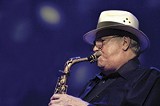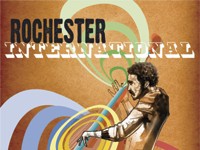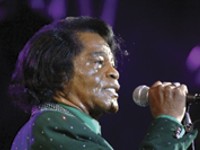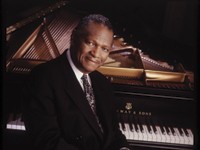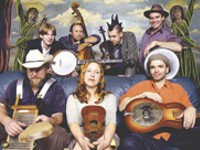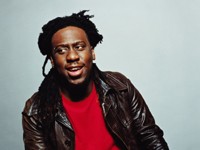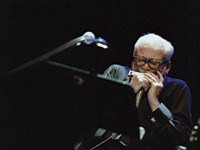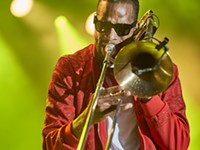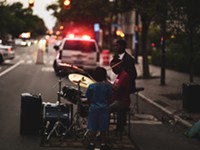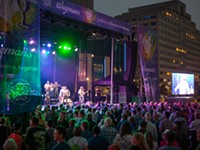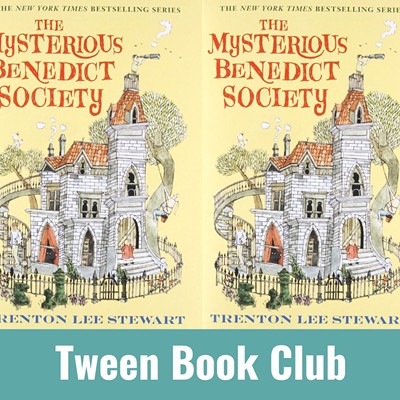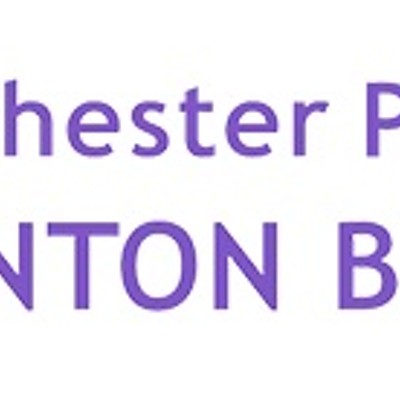[
{
"name": "500x250 Ad",
"insertPoint": "5",
"component": "15667920",
"parentWrapperClass": "",
"requiredCountToDisplay": "1"
}
]
When Phil Woods steps onto the Eastman Theater stage at the Rochester International Jazz Festival he will be carrying on a tradition that has enriched his career for six decades. As a young man Woods idolized Charlie "Yardbird" Parker. After a long career steeped in his hero's legacy, he will be bringing some of Parker's least-heard music back to life.
The album Charlie Parker with Strings, recorded live at a 1950 Carnegie Hall concert, was a best seller. It was also a controversial chapter in Parker's short, brilliant career. The idea of presenting the greatest jazz saxophonist of the time with a string section, playing classical arrangement of standards, was not universally embraced by the jazz world. But it was part of Parker's legacy and Woods is proud to be involved in its resurrection in the "Bird Lives" concert.
"I remember all the reviews," says Woods. "'All Charlie Parker is doing is playing the melody.' And I feel like handing them the horn and saying, 'Here, you play the melody.' It's only the hardest thing in the world. Anybody can play 64th notes; it's playing one meaningful note and minding the intent of the lyricist and the composer. I know Bird was very proud of the string group."
Woods re-wrote the arrangements, adding flute and clarinet and expanding the ensemble to 24 string players. "It's a joy --- I updated the harmonic structure, but I tried to remain true to the original," he says.
Every serious jazz saxophonist from the mid-1940s on has absorbed some of Parker's influence, but Woods was more deeply involved. Although just a teenager when they first met, he got to know Parker well and eventually played with him. After Parker's untimely death at the age of 34 in 1955, Woods grew closer to Chan, Parker's common-law wife. He married her in 1957 and helped raise Parker's children. (The marriage ended in divorce.)
In high school, in the mid-1940s, Woods admired other saxophonists, including Benny Carter and Johnny Hodges, but Parker made a deep impression. "It was pretty hard to escape the presence of the man who changed the planet," he says.
Woods says the time was ripe for innovation: "The frenzy of the Second World War was over and the culture was booming. Bernstein was writing, film noir was happening, Eugene O'Neill was starting to be discovered and Bartók was heard. John Cage was talking. That's what happens after a war; the artists start to come back out of their garrets and hovels and it was a wonderful time to be in New York City. I was at the Julliard School of Music studying clarinet in the daytime and studying Charlie Parker at night."
Although Woods has done many "Bird Lives" concerts in Europe, the RIJF performance is the only one in the United States. Woods, who doesn't hesitate to speak his mind, believes that Europe is ahead of the States in ways that go beyond an appreciation of jazz.
"Most of my interesting work occurs in Europe. I regret that but it's always been that way since I went to Europe in 1968," Woods says. "Europeans are older and wiser, they're not all going to war and they still have a middle class."
Woods has never shied away from mixing jazz with other musical forms. For a while in the 1970s, his sax burned up pop radio. Listen to Paul Simon's Still Crazy After All These Years album or "Doctor Wu" from Steely Dan's Katy Lied.
"I am Doctor Wu," says Woods. "I inspired them to write the song." And the list goes on. "I worked with that Canadian girl on a project. She drove me crazy. I ended up on the cutting room floor." So much for Joni Mitchell.
But perhaps his best known solo can be found on Billy Joel's "Just The Way You Are." Woods recalls, "I was working a club somewhere and a kid came up and says, 'Are you the guy on the Billy Joel record?' I said, 'Yes, I am.' He said, 'Have you done anything on your own?'"
As for "Bird Lives," Woods points out that fusing jazz with classical instrumentation has a long history going back to Artie Shaw, Paul Whiteman and Duke Ellington. In fact, he sees the meeting of African-American music with the European tradition as the key to jazz.
"Where would Charlie Parker be without Jerome Kern? As music developed harmonically in that period --- Gershwin, Porter, Harold Arlen --- the songs were incredibly sophisticated. Except for Ellington, most of the jazz was kind of diatonic and not too interesting," Woods says. "The classical composers were way ahead of us. But the theater writers and the movie writers --- and Bird --- it went hand-in-hand in the development.
"Jazz was utilizing field hollers --- yes --- but it was going into a more sophisticated region with those white composers, with the exception of Strayhorn, Ellington, Fats Waller and a bunch of other cats," he continues. "But it was really no color; it was an American thing. It was a Black-Hebraic thing because 90 percent of the composers were Jewish --- new immigrants well schooled in the European techniques."
Today, Woods sees jazz as in a bit of a slump. "Sometime I think there's more happening in the other camp. Sometimes I think the rappers and the hip-hoppers are being more bold in their approach. Jazz musicians have a three-piece suit and business managers and they're still playing warmed over Miles Davis," he says.
But when Woods talks about his youth, it's enough to make you want to hop on the nearest time machine. By the age of 15 he was studying with famed pianist Lenny Tristano. He and a friend would take a train from Springfield, Massachusetts, to Manhattan.
"We'd have a bowl of spaghetti at Romeos and then go and get the latest Charlie Parker records. Then, if we still had a dollar, we'd go to 52nd Street. You'd get a Coca Cola. We got to know the waiter and he'd put us way in the back and we'd stay there 'til 4 a.m. It only cost a dollar and then we'd get on the bus at 5 a.m. and go back to Springfield."
It gets better.
"Talk about a field trip! One time we went for a lesson and Tristano says, 'Are you kids going down to 52nd Street?'We said, 'Yes, why do you ask?' He says, 'I'm opening for Charlie Parker, perhaps you'd like to be there.' I said to myself, I've always wanted to meet God. Sure enough, we'd held back on the records and the pasta and we had $2 so we could get two Coca Colas and we showed up.
"The Tristano Trio opened and somebody came and got us and took us back stage. Behind the curtain, there was the great Charlie Parker. He was sitting on the floor and he had a big cherry pie. He said 'Hi kids, welcome! Would you like a piece of cherry pie?' I said 'Oh, Mr. Parker, that's my favorite flavor.' And, with that, we sat on the floor and Bird cut me a big slice of cherry pie. I've always treasured that moment."
That was the first of many encounters. "He was a man who was very kind to young musicians, which is often overlooked," Woods says. "He'd see me in Charlie's Tavern; he'd say, 'Did you have lunch today?'"
To find out more, Woods says, you're going to have to buy his forthcoming autobiography, Life in E Flat. He also has a new DVD out and is recording a children's suite that he wrote in the 1960s based on the poems of AA Milne.
"Slowing down?" Woods asks. "No man, it's just getting' good."
"Bird Lives," An Evening with Phil Woods and Strings, takes place at the Eastman Theatre ,26 Gibbs Street, on Tuesday, June 13, at 8 p.m., as part of the Rochester International Jazz Festival. $27.50-$50. www.rochesterjazz.com.
In This Guide...
Latest in Rochester International Jazz Festival
More by Ron Netsky
-
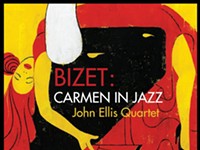
Album Review | 'Bizet: Carmen in Jazz'
Mar 26, 2024 -
'To Swing Is the Thing" by Mike Melito
Aug 10, 2023 - More »
